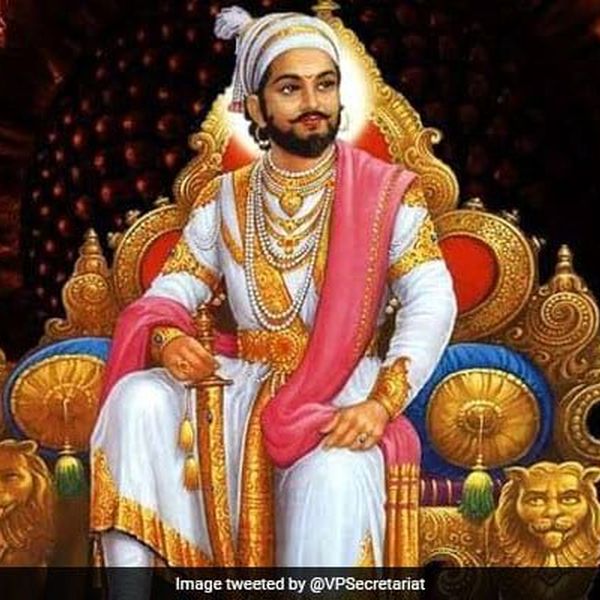Positive working environment has many advantages for employees as well as the company. Shivaji Maharaj always believed in encouraging collaboration and cooperation which helps to develop a positive working environment in Swarajya. He focused on spreading trust and teamwork around him to boost positivity. He made sure that his workforce is engaged in whatever work they are been assigned, and to do that, positive working environment is a must.
In 17th century, Shivaji Maharaj also introduced the council of ministers which is properly known as Ashtapradhan. Ashtapradhan is considered as the beginning of the ministerial delegation in India. In the below sections, detailed information on inter-organization communication, inter-organization environment and team leadership is discussed.
To be a successful leader, communication is the key which can encourage others to do the job well. According to Lussier & Achua (2016, p. 184), an effective communication means that the information and the meaning of the message is passed on to the receiver and the receiver successfully decodes the message. Clear and effective communication makes sure that the tasks given to the employees are well understood. A leader must determine different communication barriers and noise, examine the details for these barriers and noise, and take precautionary steps so that these barriers and noise in the communication doesn’t occur again.
Chhatrapati Shivaji Maharaj had excellent communication skills. He was very close to all the people of the Swarajya and knew the pain his people have gone through during the time when they were under the rule of sultanates. Hence, the speeches made by him were from his heart conveying all the information seamlessly with trust and honesty. With this trait of an effective communication, he won the hearts and respect of the Maratha Empire.
In the 17th century, where no technology was available, the Raje had their own techniques and style to communicate verbal and non-verbal messages to their people. Most of the verbal communication with the Ashtapradhan, their people, his army and his allies was face to face. When face to face meetings was not possible, the messengers used to convey the written or oral message by riding on horses. Also, written messages were attached to pigeons or eagles and were delivered to the receiver. The message by this method use to take days, weeks or months to successfully deliver it to the destination. However, there was no guarantee that the message would be delivered to the receiver these ways.
Encoded messages was used to convey the tactical communication to the armies and allies by sending the signals like torches in a pattern, by firing canons or by using colored smoke. It was evident during the battle of Paawan Khind where the Maratha Empire was escaping in the direction of Vishalgad. The enemies were following them and were getting very close. Raje had to reach Vishalgad as it was very important and hence, half of the empire stayed back to fight against them. When Raje reached Vishalgad, he fired two to three rounds of canons as an indicator that the half of the Maratha Empire has reached Vishalgad which also indicated the other half of the Maratha Empire to come back safely. Raje also used colored smoke by identifying different trees and bushes which emits different colors when they are set on fire. Colored smoke was used to notify the Maratha Swarajya that the fort has been conquered. White smoke was used to notify a positive message, whereas, black smoke was used to notify a negative message. It is evident, very innovative and interesting to find out the different techniques used by Shivaji Raje to convey the message and verify the message is received and understood.
Raje used to have meetings with Ashtapradhan to find out how they can improve their tactics which included feedback. Raje respected each individual and accepted their suggestions without any hesitance. He always wanted to improve himself and took it as an opportunity to learn where he is lacking. This made him an effective leader and everyone respected him because of this trait.

